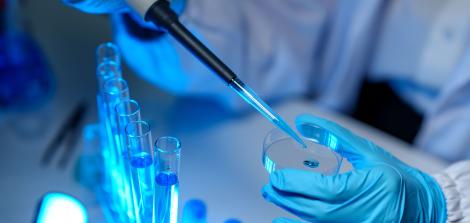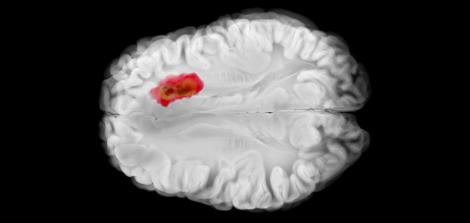Induced Pluripotent Stem Cells (iPSCs)

Induced pluripotent stem cells (iPSCs) are mature cells, such as skin or blood cells, that have undergone “reprogramming” to revert them back to their original stem cell state, before they were assigned a specific role.
With this technology, a sample of skin or blood cells can be taken, reprogrammed, and transformed into stem cells capable of developing into any type of cell in the body. The Japanese physician Shinya Yamanaka and the British biologist Sir John Gurdon were awarded the Nobel Prize in 2012 for developing this technique.
Induced pluripotent stem cells offer numerous advantages: They enable personalized treatment by creating new tissues or cells for transplantation that are genetically matched to the person from whom they were taken, reducing the risk of immune rejection. Additionally, they allow researchers to create cell models that simulate a specific organ or condition in the body, such as a disease, for research purposes. Researchers use induced pluripotent stem cells to engineer organoids and organs-on-chips on which they can test potential treatments and drugs.
Last Updated Date : 03/08/2024







![A person standing at a beach next to a big wave [representing post-trauma]](/sites/dangoor-medicine/files/styles/card_image/public/articles/%D7%A4%D7%95%D7%A1%D7%98-%D7%98%D7%A8%D7%90%D7%95%D7%9E%D7%94.jpg?itok=PnJYP1wn)
